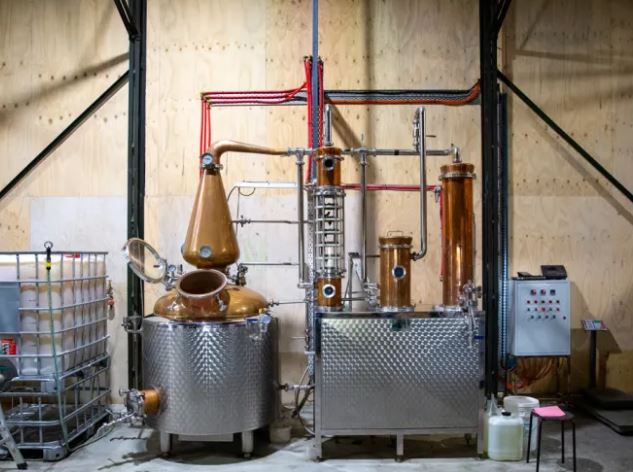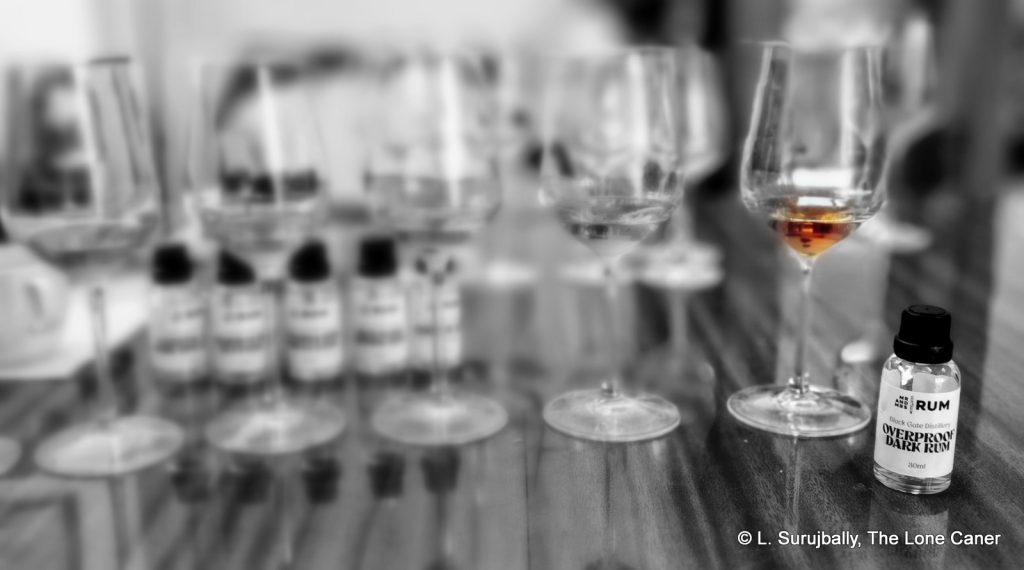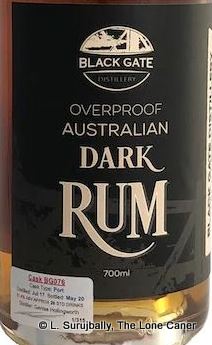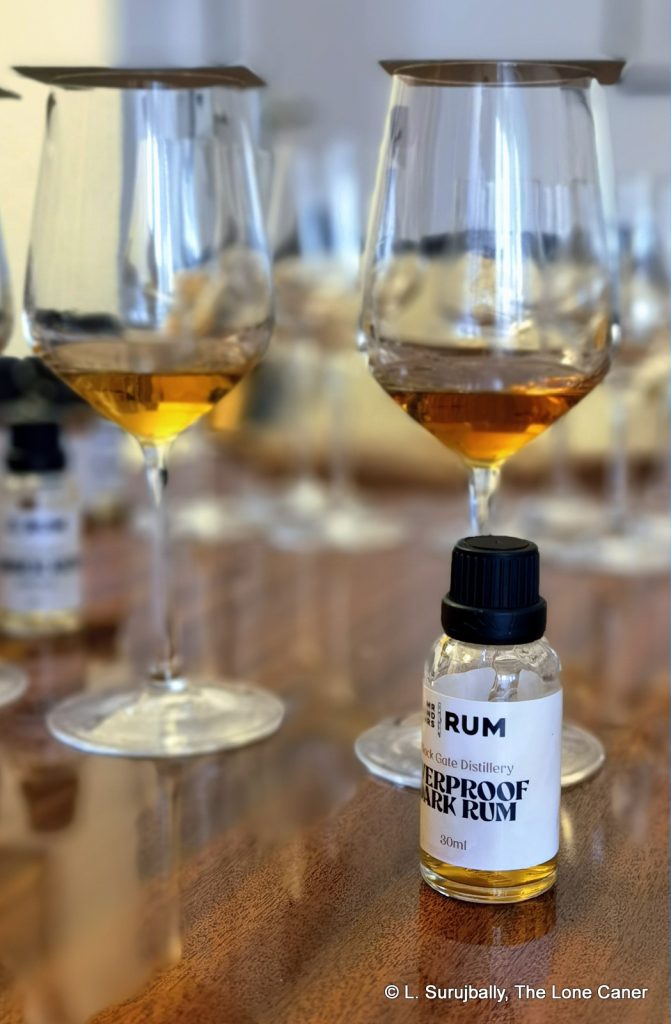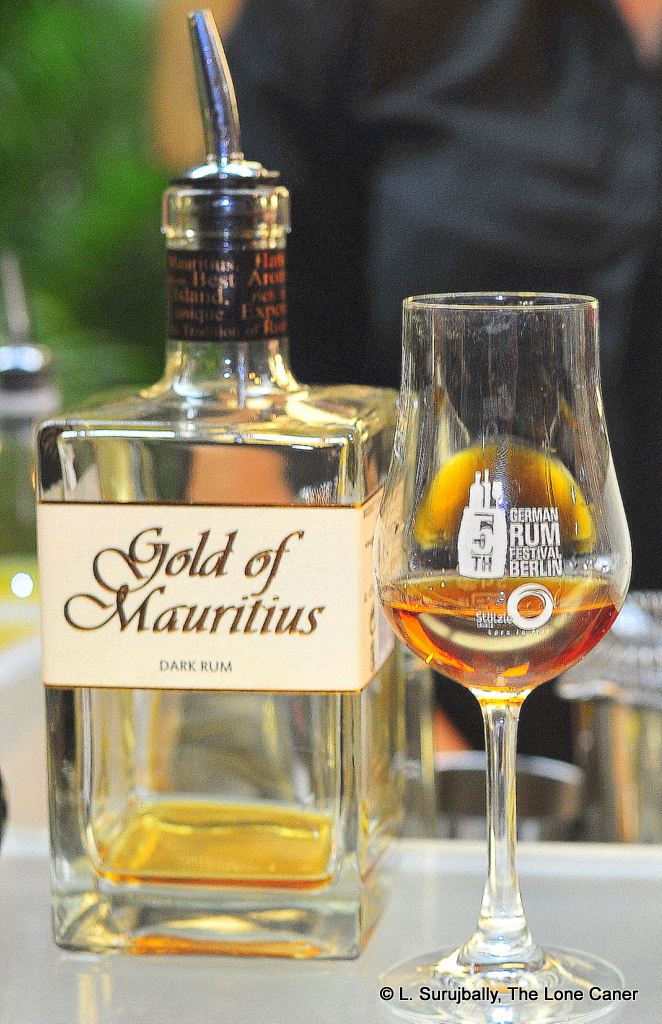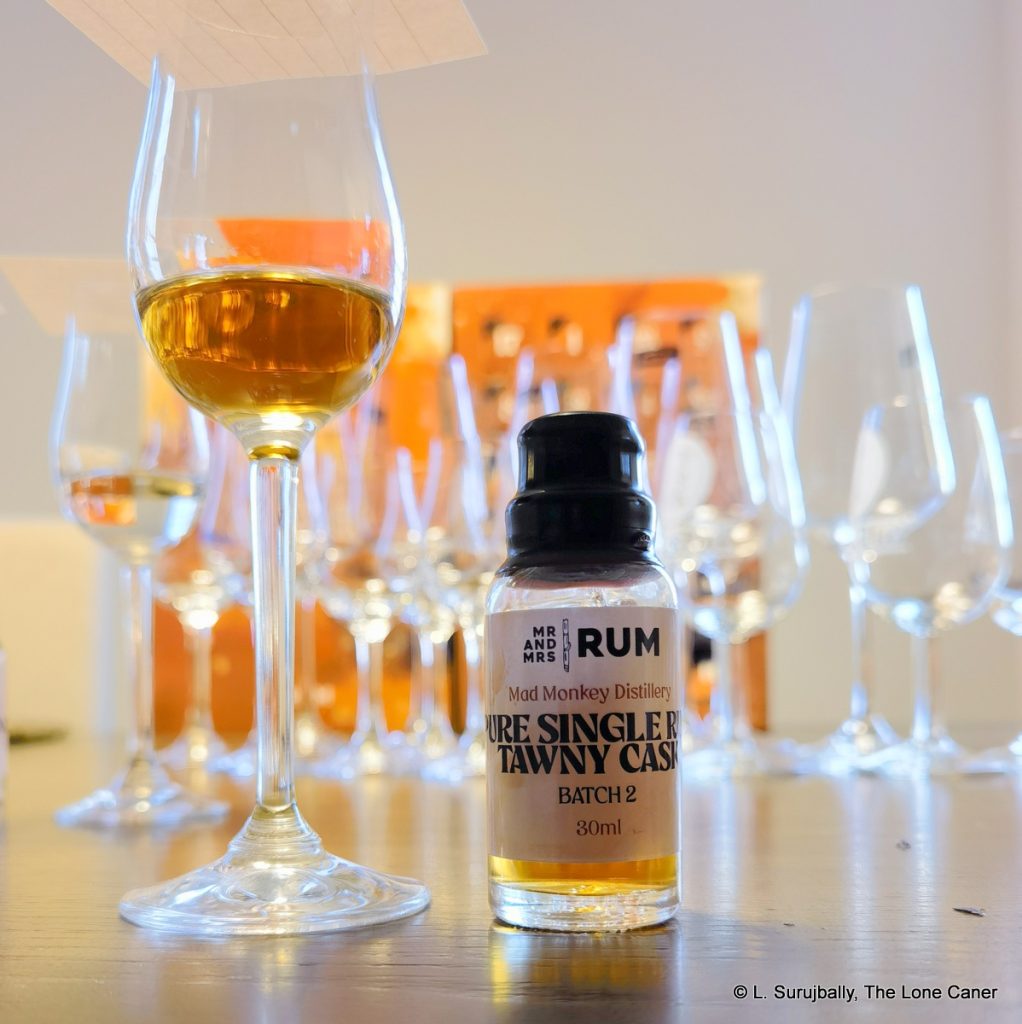 One thing I have always enjoyed about the Australian distilleries (aside from their cool origin stories) is the irreverent naming. While many are completely straightforward owners’ or geographical names, there are some that enjoy a cheeky wink too, like Brix, Tin Shed, Boatrocker, Red Hen, Jimmy Rum or Winding Road. And of course there are those that take it even further, with names as evocative as Devil’s Thumb, Hoochery, Hippocampus…or Mad Monkey, the subject of today’s review.
One thing I have always enjoyed about the Australian distilleries (aside from their cool origin stories) is the irreverent naming. While many are completely straightforward owners’ or geographical names, there are some that enjoy a cheeky wink too, like Brix, Tin Shed, Boatrocker, Red Hen, Jimmy Rum or Winding Road. And of course there are those that take it even further, with names as evocative as Devil’s Thumb, Hoochery, Hippocampus…or Mad Monkey, the subject of today’s review.
Below this quick review is a more in depth company backgrounder: for now, what do we have in the glass? The tech sheet is as follows: molasses sourced from New South Wales, deriving from sugarcane farmed in the Condong, Broadwater, and Harwood villages and their associated sugar mills, all founded in the late 1800s; fermentation time is nine days at a peak of 26°, utilising a wild yeast and ale yeast blend (some bacteria coming from dunder), then run through the 500L pot still, and set to age in an ex-Seppeltsfield port cask for 30 months, with the first year upstairs on the mezzanine floor (more sunshine), thereafter on the distillery floor. It’s then diluted down to 44% ABV and that gives enough to fill 163 70cl bottles (which suggests small cask, not a full sized one).
Keeping it short, the nose first: it immediately provides oily, sweet, honey-like aromas, into which one can detect ripe yellow mangoes, orange juice, wasabi and even some sushi drizzled with lemon juice and sweet soya…which, admittedly, is quite an opener. It also channels some new leather furniture freshly unwrapped out of plastic, prunes, some ginger and coffee grounds, and has a crisp sort of sweetness to it that after a few minutes kind of dissipates into something thinner, and sharper.
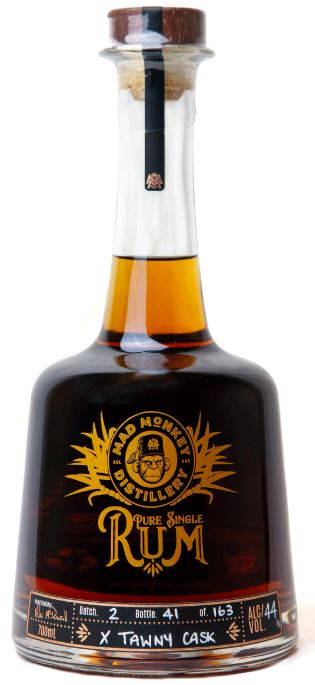 And the taste, my, that’s lovely! Caramel, bonbons, bourbon, leather, smoke, prunes and dark unsweetened chocolate meld well together with a texture that isn’t too aggressive (the 44% is a good choice for this). Occasional rough patches and some sharpness don’t detract, really – it’s what one can expect from a fast-aged young rum from a smallish cask. Anyway, there are hints of stewed apples, molasses, licorice, honey, peaches in syrup and an overall depth of sensation and flavour that are really quite good. Even the finish is no slouch – it’s short but very aromatic, with closing notes of raspberry jam, honey and burnt brown sugar.
And the taste, my, that’s lovely! Caramel, bonbons, bourbon, leather, smoke, prunes and dark unsweetened chocolate meld well together with a texture that isn’t too aggressive (the 44% is a good choice for this). Occasional rough patches and some sharpness don’t detract, really – it’s what one can expect from a fast-aged young rum from a smallish cask. Anyway, there are hints of stewed apples, molasses, licorice, honey, peaches in syrup and an overall depth of sensation and flavour that are really quite good. Even the finish is no slouch – it’s short but very aromatic, with closing notes of raspberry jam, honey and burnt brown sugar.
This is a product that is solidly, traditionally, “rummy” – it wouldn’t be out of place being drunk out of plastic tumblers, chased with coconut water, while dominos are being smashed down on a plywood table in Tiger Bay or Trenchtown. It channels a nice mix of Demerara rums and Latin type rons, combining some lighter notes with heavier, duskier ones that lend a tasty counterpoint. It’s perhaps too much to ask for serious complexity and exquisitely aged quality in a rum less than three years old – the roughness and occasional snide spiciness of the palate, and the rapid fall-off of the nose all show this – yet overall, there’s something pretty good here, and you can see this is an outfit that isn’t mucking around.
Converted to US$ this is a hundred buck rum (Australian spirits taxes are extortionate) and that’s a lot to ask for not only a newcomer without a track record, but a young newcomer. Australians, lacking something of the international choice we take for granted, may think otherwise. Rightly so, in my opinion, because from where I’m sitting, this young rum is pointing to some serious sh*t coming our way from that distillery in another five years, and rummies Down Under probably know that way ahead of us, and are stocking up.
(#1060)(84/100) ⭐⭐⭐½
Company Background
The distillery, located in the southern city of Adelaide was envisioned in 2018 by two amateur distillers (the unkind would say ‘moonshiners’) named Scott McCarthy and Alec McDowall (who now refer to themselves as the original addled simians, or “Crooked Finger” and “Red Beard” depending on the time of day); they met at a distilling conference at Seppeltsfield (Scott worked as a brand ambassador for Seppeltsfield Road Distillers), compared notes, and bonded over what the storyteller in me supposes is several bottles of unspeakably vile hooch and all sorts of intoxicated plans that normal people forget the next morning. Two years later, having sobered up, regained their sight and become business partners, they opened Mad Monkey Distillery in the industrial area of the city, in an old unused warehouse office. There they brought their hybrid 500L still called “Albert”, festooned their cellar door garden with a lawn, tiki huts, a wood-oven pizza van, and not being happy with all that, added an orchard and a beehive just because, well, they could. Then they got to work, all the while keeping their day jobs.
Initially they produced the usual “cane spirit” which is what rum under two years old is generally called, and have now taken that to the next level by infusing such distillates with fruits from their orchard and even using the pollinating bees from the apiary to develop yeast strains of their own – clearly, everything on the premises has to earn its keep. For the most part they stayed resolutely local, marketing their rums around the city, and have only slowly begun expanding outside these environs. During COVID shutdowns, they took advantage of the lull to set down a more consistent barrel ageing program and by 2022 and 2023 had the requisite two years of ageing in some of their barrels, enough to begin selling “rum” instead of the unaged stuff. By this time (2022) they had become successful enough to take a deep breath and quit the rat race, and have devoted themselves full time to the distillery: they have called it the first dedicated rum distillery in Adelaide, a claim which is likely true, since they don’t really make anything else, unlike the kitchen-sink ethos of many others in the joint. That sure impresses me, given the economics of their chosen field.
Other notes
- From the 2023 Australian Advent Calendar, Day 6. This is Batch #2 from 2021. Batch #1 was introduced in 2022, I think
- The use of a distinctive bottle shape is pretty cool. Kind of makes the rum stand out on a shelf. It was also deliberately chosen (the supplier calls the style “pirate”) to stand out, since at the time of selection, the majority of bottles holding Australian spirits were the cheapest available, making for a bland and uniform look that MM wanted to avoid.
- Seppeltsfield is a winery just NE of Adelaide. “Tawny” is a fortified port wine they make.
- When I asked about the distillery name, Alex responded “Mad Monkey came from my long want to name a business after something Monkey related, (Monki has long been a handle of mine) and the Mad bit is coined to the wild black magic type fermentation of rum!” Can’t argue with that logic.
- The form of the logo is similar to both the Leipzig Trade Fair in Germany and Matugga rums. I guess there are only so many ways to artistically render two “M”s.
